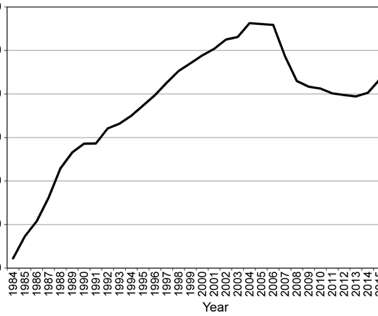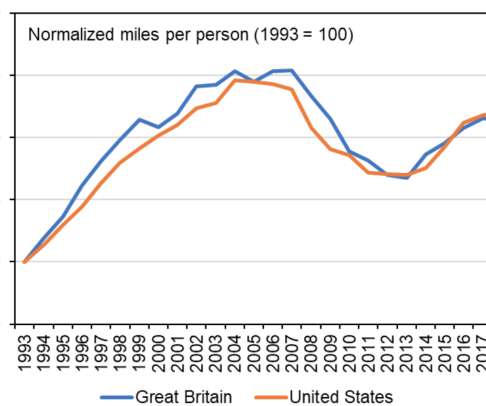Distance driven per person is still down from its maximum in 2004
Green Car Congress
DECEMBER 2, 2019
The focus here is on distance driven per person as opposed to total distance driven (which depends, in part, on the continuously increasing size of the U.S. The main findings concerning distance driven per person (summarized in the table below) are as follows: An increase of 40.9% from 1984 to 2004 (from 6,612 miles to 9,314 miles).


















Let's personalize your content